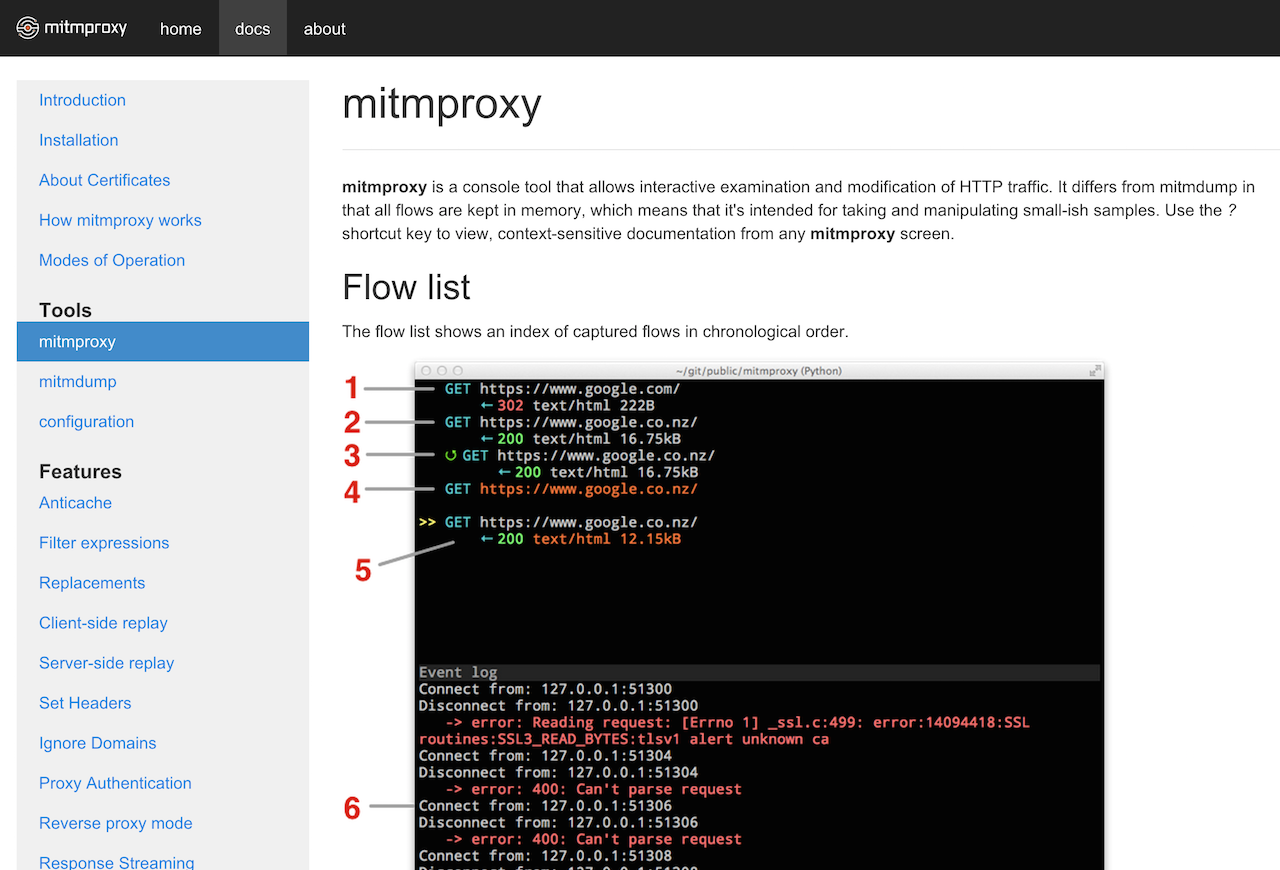

The latter reason is one of many that show why it is so important to only join a secure wireless network. There are also more questionable purposes in packet sniffing, and because it intercepts raw data passing through the network, the information that may be collected in unsecured wireless networks is potentially revealing. This is especially true if you have a recurring problem where network performance suffers, as it can help identify the cause and narrow down the actions that need to be addressed by IT staff or the network administrator. There are many reasons and purposes for intercepting packet traces, but perhaps the most common are network troubleshooting purposes, either to identify a connection problem or to better understand a particular network problem. Why capture a packet trace and what are the benefits of sniffing packets? We are not going to discuss the interpretation of the results or what you can do with the information in the capture file in this particular review.

What you do with the capture file and its contents is your job. The screenshot below shows what this looks like in CPA: If you want, you can change the file extension from wcap to pcap, and you can open the output file in other applications, including Cocoa Packet Analyzer (App Store link). To browse the package capture file from the command line, look like this: This file can be viewed from the command line with tcpdump or an application such as WireShark.
COCOA PACKET ANALYZER MAC OS
Open a WCAP / PCAP capture file in Mac OS X. wcap extension and contains the time the packages were captured.


The captured package file appears on the desktop with a.
COCOA PACKET ANALYZER HOW TO
How to sniff packets with wireless diagnostics in OS X. Nevertheless, it is easy to follow, so a casual Mac user can sniff packets and browse the capture file, although novice users may not be able to interpret the results of pcap / wcap files. While packet capture is really easy, this is mostly an advanced feature for IT staff, network administrators, system administrators, and other more technically savvy user groups.


 0 kommentar(er)
0 kommentar(er)
